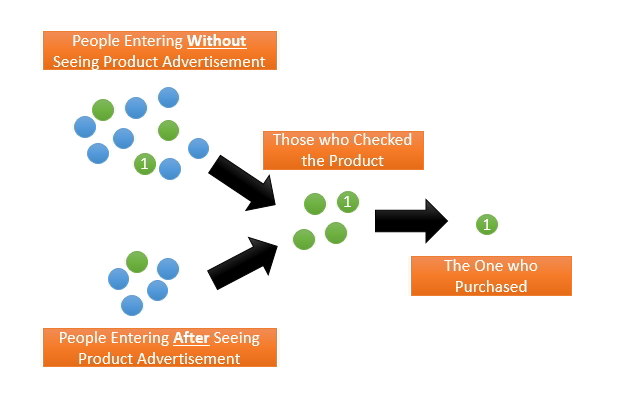Before I started BPRISE along with my fellow founders, I made several trips to large retail chains and stores in the Middle East and India to figure out what are the gaps faced by retail analytics today which hampered marketing automation.
Here are some of my key findings
- Many stores are happy with people counting systems. It’s simple and answered all the questions.
- A lot of focus was put in over half the companies visited into their Loyalty Program.
- ERP systems are the go-to answer for analytics. And why shouldn’t it be, it captures almost everything in it.
- Some companies have experimented with Bluetooth based messaging.
- Mom and Pop stores rarely feel the utility (even if they are a chain of stores) of the toys used by the big boys.
People Counters:
A long running and often expensive solution is the ubiquitous people counter. It’s data helps you measure product abandonment, dwell time analysis and optimize your layout and flow. At a macro level this sounds like a lot. But how do we arrive at product abandonment? If 100 people stood in a small store, and 10 went to the checkout counter – you have product abandonment numbers with you. Straight forward.
But this gets very tricky when you have various sections in the store. Product abandonment finds meaning when integrated into an ERP system. Then you can make section wise people count minus section wise sales for the day to arrive at your numbers.
So where do people counters fail?

In the above example, you cannot pinpoint people who saw your advertisement about product and then entered the store and those who didn’t. Further, among the people who entered your store how do you bifurcate the ones who came to check the product between the two categories? Even further, who really purchased the product?
This I believe is one of the biggest failures of People counting systems. You cannot understand the journey precisely, more importantly, there is no way you can re-market to these users as you have no knowledge about them.
Loyalty Programs
Built in the 1990s loyalty programs have grown across the globe in shapes and sizes. This is one true program that knows your customer’s purchase pattern, history and value for your business. Since then, this data has been plugged into Big Data systems to analyze the information in great detail.
So what would enhance a loyalty program in today’s day and age?
Loyalty cards are generally produced at the checkout counter with the exception of hotels. In the good old days, if a wealthy patron entered the store you would personally greet the patron, enquire about the family and perhaps assign a dedicated manager to assist around the store. Why? Because this created goodwill and you got to increase your wallet share from the client. Circa today, most loyalty programs are just data munching tools. If your Loyalty card could signal to you when an important client entered the store today, then you could maximize your wallet share and customer experience.
The other factor lacking in Loyalty card data is the customer’s need analysis. You know what they bought. But you do not know what are they currently browsing and their present likes. This all important data is a key factor in your personalization arsenal.
ERP Systems
I strongly believe that ERP systems are the one dashboard where all solutions should fit together. This eases the life of the customer by a great margin.
ERP systems tell the exact color of the product that sells to the customer life cycle. This helps in your entire planning and forecasting based on the given data.
Again like Loyalty data, ERP systems are blind when it comes to knowing what each customer wants and crating a map of wants to ensure that sales can be optimized.
Mom and Pop Stores
Gone are the days when Mom and Pop stores could not compete with the big boys. With the advent of startups, e-grocery formats are taking mom and pop stores into the online world. Personalization is what mom and pop stores do naturally. You will always know your important clients and they would know the store as well. Where they cannot compete in price, they make up in personalization, free home delivery and giving known customers credit.
Conclusion
Every format has to evolve. In today’s fast paced world, knowing what customers want, taking into account their historical data and real time information is critical. Being agile is not just a software world terminology, every business has to live it.
The problem starts when you start collecting this data. Every piece of data from different vendors come in multitudes of shapes and sizes. This means the increasing reliance of using multiple systems to interpret data. Finding meaning in this haystack is not easy. Companies have to invest countless dollars in trying to customize solutions to get meaning from this data.
If that is not challenging enough, it is difficult for Marketing folks who need to use the data and IT to understand the middle ground between data and usable data. Finally how should this data translate into actionable Marketing?
At BPRISE, we are attempting to solve these challenges a step at a time ; from collating data to making it useful and finally using it for real world marketing. Stay tuned.
